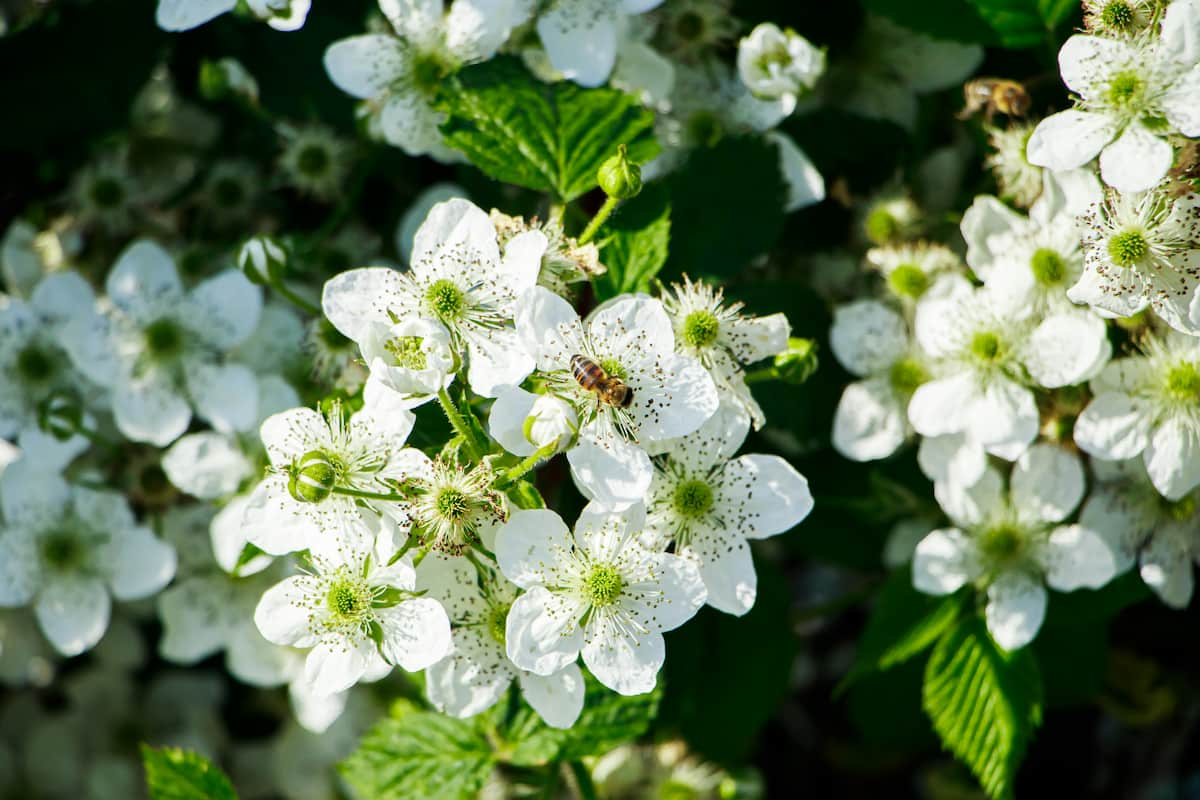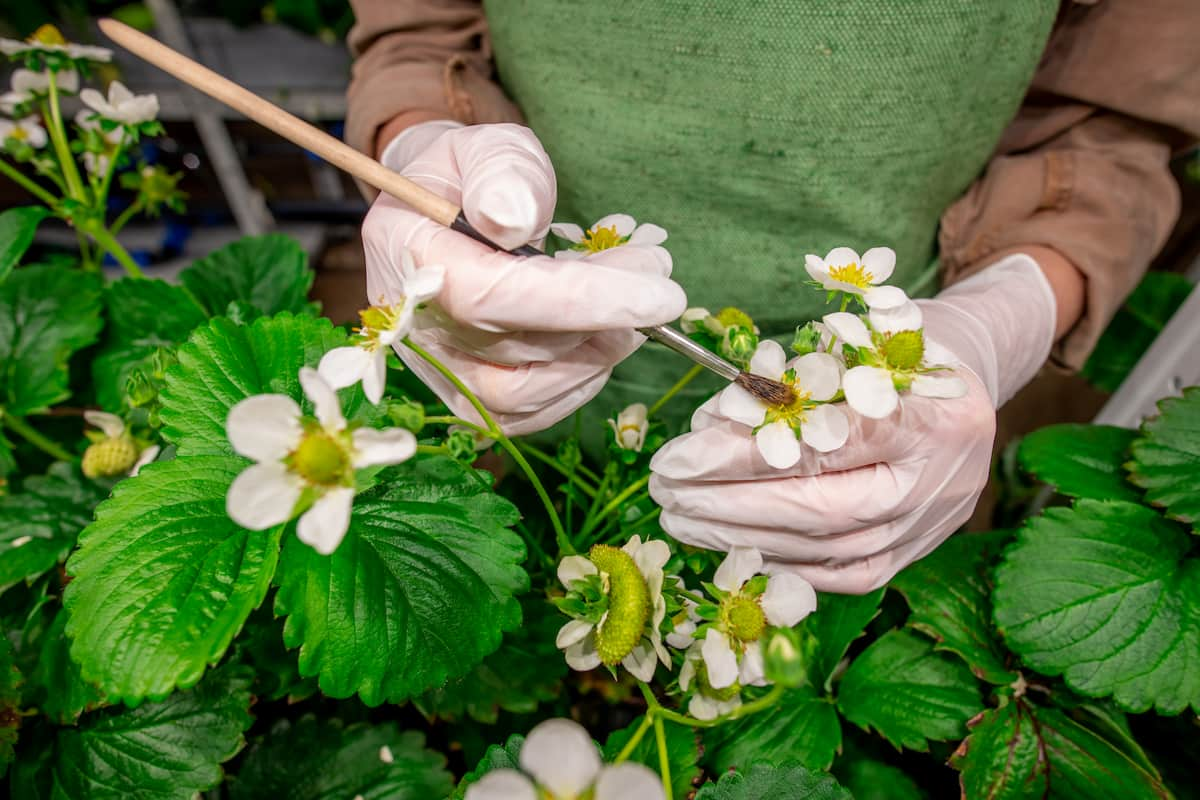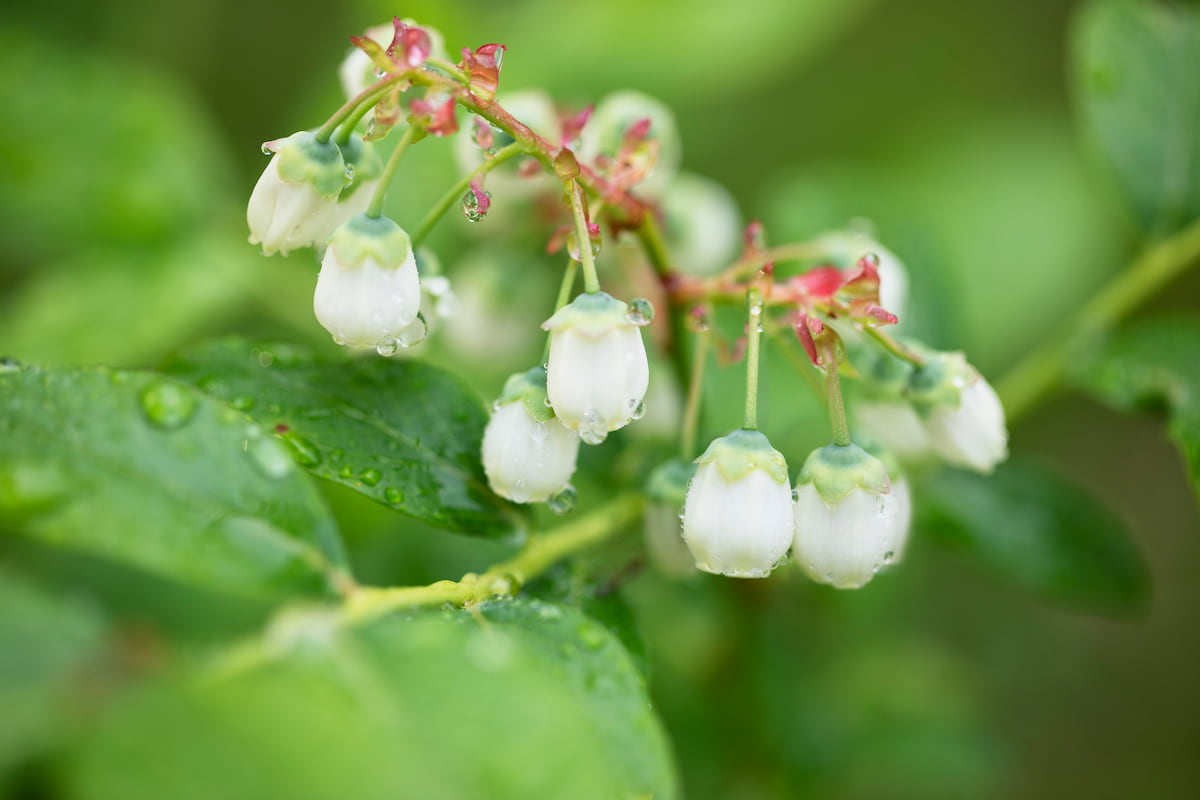Berries are popular fruits for their delicious taste and high nutritional value. However, some berry plants have predominantly male flowers, reducing fruit quality and yield. To find out the ways to increase the number of female flowers. Female flowers are vital for fruit production, as they contain the ovaries that develop into a fruit.

Male flowers produce pollen that fertilizes the female flowers but does not produce fruit. As such, boosting the number of female flowers can significantly increase berry yields. Several methods and techniques can increase the number of female flowers in berry plants. For example, genetic modification can promote female flowers’ development, while hormone treatments can stimulate their growth.
How to Increase Female Flowers in Berries
Introduction to Berries Cultivation
Berries are widely consumed fruits known for their delicious taste and high nutritional value—an increase in interest in cultivating berries for personal and commercial purposes. However, successful berry cultivation requires careful planning and attention to detail, considering soil type, climate, and irrigation factors.
Pests and diseases also threaten berry plants significantly, necessitating proper pest management practices. Cultivation involves crucial tasks such as planting, pruning, and harvesting, which require knowledge, skills, and appropriate equipment to ensure efficiency and effectiveness. Overall, berry cultivation can be lucrative and satisfying with the right techniques and practices.
Understand the Anatomy of Berries Flowers
Berries flowers’ anatomy is critical for fruit development and production. Berries are formed from the ovaries of the flowers that contain ovules, which develop into seeds. The flowers of berry plants are either male or female. Female flowers are crucial for fruit production, containing the ovary, style, and stigma.
The ovary changes into the fruit, while the style supports the stigma, which receives the pollen during fertilization. Some berry plants, like strawberries and blueberries, have flowers with both male and female reproductive structures. Knowledge of the anatomy of berry flowers is vital for successful fruit production, ensuring proper pollination, fertilization, and selection of suitable varieties and cultivation techniques.
Best Variety of Cultivation Berries
There are many types of berries with various flavors and health benefits. Blueberries, strawberries, blackberries, and raspberries are all popular and can be easily grown. Cranberries, goji berries, elderberries, and lingonberries are also high in antioxidants and offer unique tastes.
Currants, gooseberries, huckleberries, and marionberries are tart and tangy. Mulberries, kiwi berries, and Saskatoon berries are sweet and juicy, while boysenberries and loganberries offer a combination of flavors. Sea buckthorn berries are sweet and sour and grow best in dry soil. Acai berries are high in antioxidants and thrive in warm and humid climates.
Optimal Growing Conditions for Berries
Berries are a popular and delicious addition to any garden, and each type of berry has specific growing requirements to thrive. Most berries prefer well-draining, acidic soil with a pH of 5.5-6.5 and full sun exposure for at least six hours daily. However, some varieties, such as blueberries and lingonberries, prefer slightly more acidic soil with a pH of 4.5-5.5. Others, like cranberries, thrive in wet and acidic soil conditions. Temperature and climate also play an important role in berry growth.
Most berries prefer cooler temperatures, and with ideal daytime temperatures, some varieties, like kiwi berries and mulberries, prefer warmer climates with temperatures above 80°F (27°C). Watering and fertilization needs vary among berry types, but berries generally require regular watering and fertilization. Proper pruning is essential to remove old and diseased branches and promote new growth. With proper growing conditions and care, berries can provide a bountiful harvest and a delicious addition to any meal.
In case you missed it: How to Increase Female Flowers in Capsicum/Bell Pepper: Explained in 10 Simple Steps

Berries Flowering Stage
The flowering stage for berries varies depending on the specific type of berry and the climate in which it is grown. Generally, berry bushes start to flower in the spring, typically between March and June. For example, blueberries typically flower in April and May, while strawberries typically start to flower in late April or early May.
Blackberries, raspberries, and boysenberries usually flower in May or June. The flowering stage is a critical time for berries because this is when pollination occurs, which is necessary for fruit production. During this time, bees and other insects play an essential role in transferring pollen between the flowers, enabling fertilization to occur. If the weather is too cold or hot during the flowering stage, it can affect pollination and produce poor fruit.
Factors that Affect Less Female Flowers in Berries
- Temperature: Extreme temperatures can affect flower formation, with high temperatures causing flowers to drop and low temperatures delaying flowering.
- Lack of pollination: Pollination can result in fewer female flowers, which a lack of bees or other pollinators in the area may cause.
- Nutrient deficiencies: A lack of nutrients, particularly phosphorus, and potassium, can lead to poor flower formation and fewer female flowers.
- Pruning: Improper pruning can remove flower buds and reduce the number of female flowers.
- Water stress: Drought conditions or irregular watering can affect flower formation and lead to fewer female flowers.
- Genetics: Some berry varieties naturally produce fewer female flowers than others.
- Pest and disease pressure: Pests and diseases can damage flowers and reduce the number of female flowers that form.
10 Simple Tips to Increase Female Flowers in Berries
- Choose the right variety: Some berry varieties produce more female flowers than others. Do some research to find the best varieties for your area.
- Provide optimal growing conditions: Ensure your berry plants have enough sunlight, water, and nutrients to encourage healthy growth.
- Prune correctly: Proper pruning can help stimulate the growth of female flowers. Remove any dead or damaged wood and thin out crowded branches.
- Use the right fertilizers: Choose fertilizers high in phosphorus and potassium, which can help promote flower growth.
- Control pests and diseases: Infestations and diseases can weaken berry plants and reduce flower production.
- Provide proper pollination: Ensure your berry plants get enough pollination from bees and other insects. Consider adding more pollinator-attracting plants to your garden.
- Apply foliar sprays: Foliar sprays containing gibberellic acid or cytokinins can help promote female flower production.
- Manage temperature: Keep berry plants at optimal temperatures, avoiding extreme heat or cold.
- Choose the right planting location: Make sure your berry plants are planted in an area with good air circulation and drainage.
- Time for planting: Plant your berry bushes at the appropriate time of year for optimal flower production.
In case you missed it: How to Increase Female Flowers in Watermelon: Explained in 10 Simple Steps

Conclusion
The number of female flowers in berries requires attention to detail and proper care. Following the ten simple steps mentioned above, such as providing adequate sunlight, water, and fertilizer and properly pruning and managing pests, one can significantly increase the yield of female flowers in berry plants.
- Feed Your Flock for Less: Top 10 Tips to Save on Chicken Feed
- Ultimate Guide to Ossabaw Island Hog: Breeding, Raising, Diet, and Care
- Hatching Answers: The Top 10 Reasons Your Chickens Aren’t Laying Eggs
- Eggs and Economics: Breaking Down the Cost of Raising Backyard Chickens
- Defend Your Greens: Proven Methods to Keep Iguanas Out of Your Garden
- Ultimate Guide to Cinnamon Queen Chicken: A Comprehensive Guide for Beginners
- Ultimate Guide to California Tan Chicken: Breeding, Raising, Diet, Egg-Production and Care
- Ultimate Guide to Marsh Daisy Chicken: Breeding, Raising, Diet, and Care
- 10 Types of Chicken Farming Businesses You Can Start for Profits